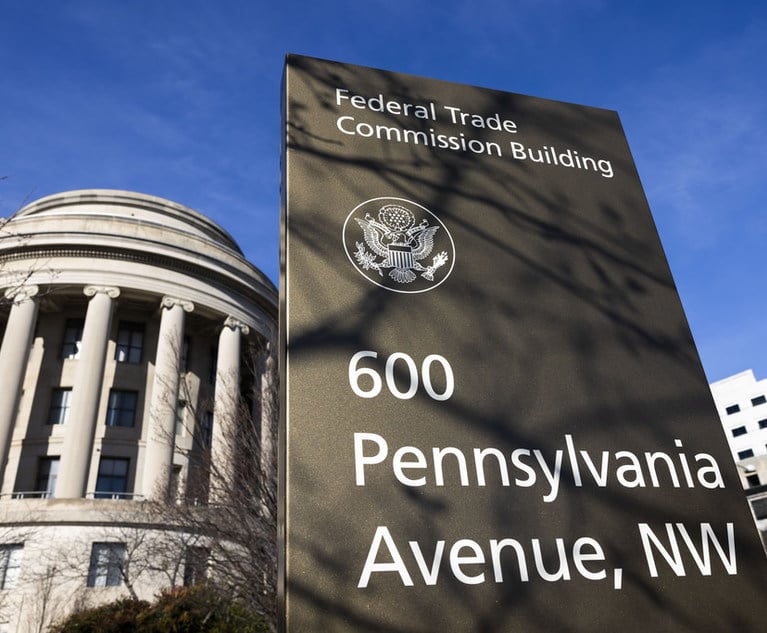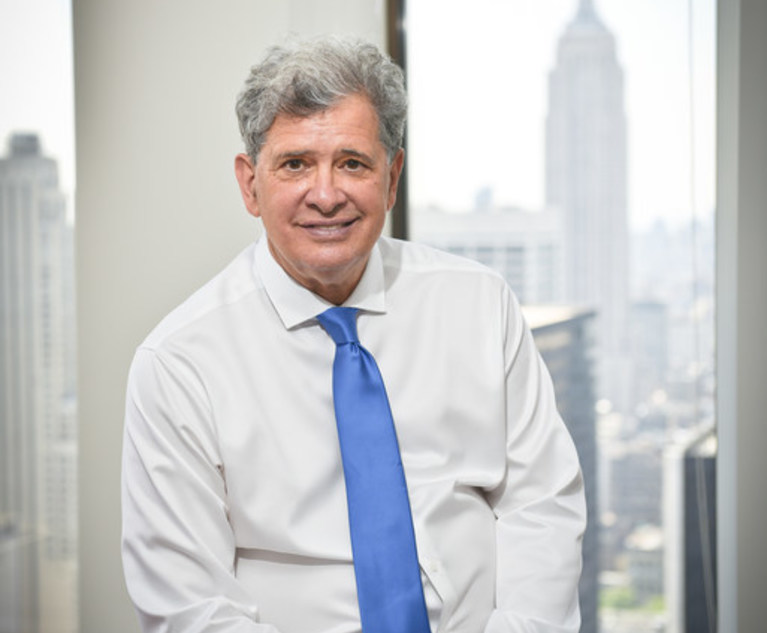For multidistrict litigation (MDL) to move forward to trials, we must understand Daubert, Rule 702 and the role of the judge in determining the admissibility of expert testimony. The use of expert testimony in the litigation process has been going on for centuries. Acknowledging the need for a check against the admission of unqualified experts and “junk science,” between 1923 and 1993, state and federal courts primarily followed the standard laid out in Frye v. United States, 293 F. 1013 (D.C. Cir. 1923). Under Frye’s general acceptance test, expert opinion based on a scientific technique is admissible only where the technique is generally accepted as reliable in the relevant scientific community. The court must determine whether the method by which the evidence was obtained was generally accepted by experts in the particular field in which it belongs.
In 1993, the Supreme Court abolished the Frye standard on a federal level in its opinion in Daubert v. Merrell Dow Pharmaceuticals, 509 U.S. 579 (1993). In Daubert, the court held that the Federal Rules of Evidence, specifically Rule 702, superseded Frye as the standard for admissibility of expert evidence in federal courts. Rule 702, “Testimony by Expert Witnesses,” has been modified several times over the years, with its current language as follows:
“A witness who is qualified as an expert by knowledge, skill, experience, training, or education may testify in the form of an opinion or otherwise if the proponent demonstrates to the court that it is more likely than not that:
(a) the expert’s scientific, technical or other specialized knowledge will help the trier of fact to understand the evidence or to determine a fact in issue;
(b) the testimony is based on sufficient facts or data;
(c) the testimony is the product of reliable principles and methods; and
(d) the expert’s opinion reflects a reliable application of the principles and methods to the facts of the case.”







